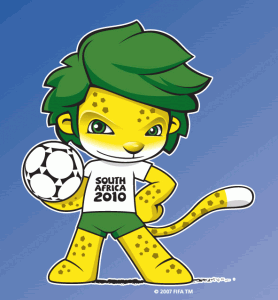Today is yet another day with an exciting match at the 2010 FIFA World Cup. And one essential aspect of winning is the popular adage: “mistakes are not allowed”. Well, then, I will answer: human beings are not allowed.
In fact, in any activity involving human beings, there will be mistakes. To err is human. Correcting errors and not repeating them is a sign of evolution, intelligence, and effort.

(Spanish version: https://www.trustedtranslations.com/el-error-un-drama-2010-06-29.html)
When I edit other translators’ texts, I see mistakes all the time. The idea is that each step of the process includes a later step for revision throughout the project in order to unify terminology and, of course, to detect and correct mistakes.
For instance, a project with 10,000 words cannot be completed by only one translator, due to the time limits that clients impose. It then becomes necessary to use a team of translators, whose work will be revised by one or a couple of editors and, furthermore, the editor’s (or editors’) work will then be revised by a proofreader or the final reader of the project to ensure that no mistake has arisen in the placement of the images or in the distribution of the text of the project.
This teamwork by the sales employees, managers, translators, editors, graphic designers, IT employees, and proofreaders is what gives the final product that is delivered to the client the quality and excellence that the client is looking for.





